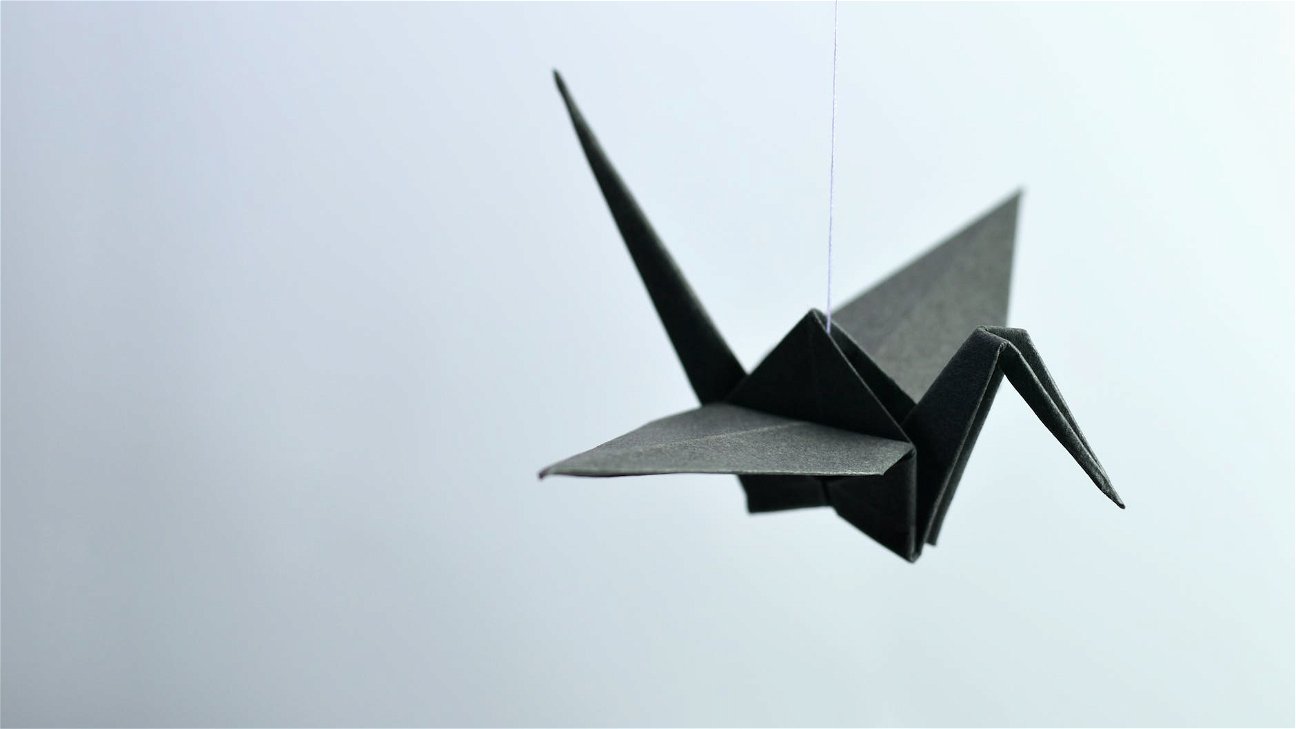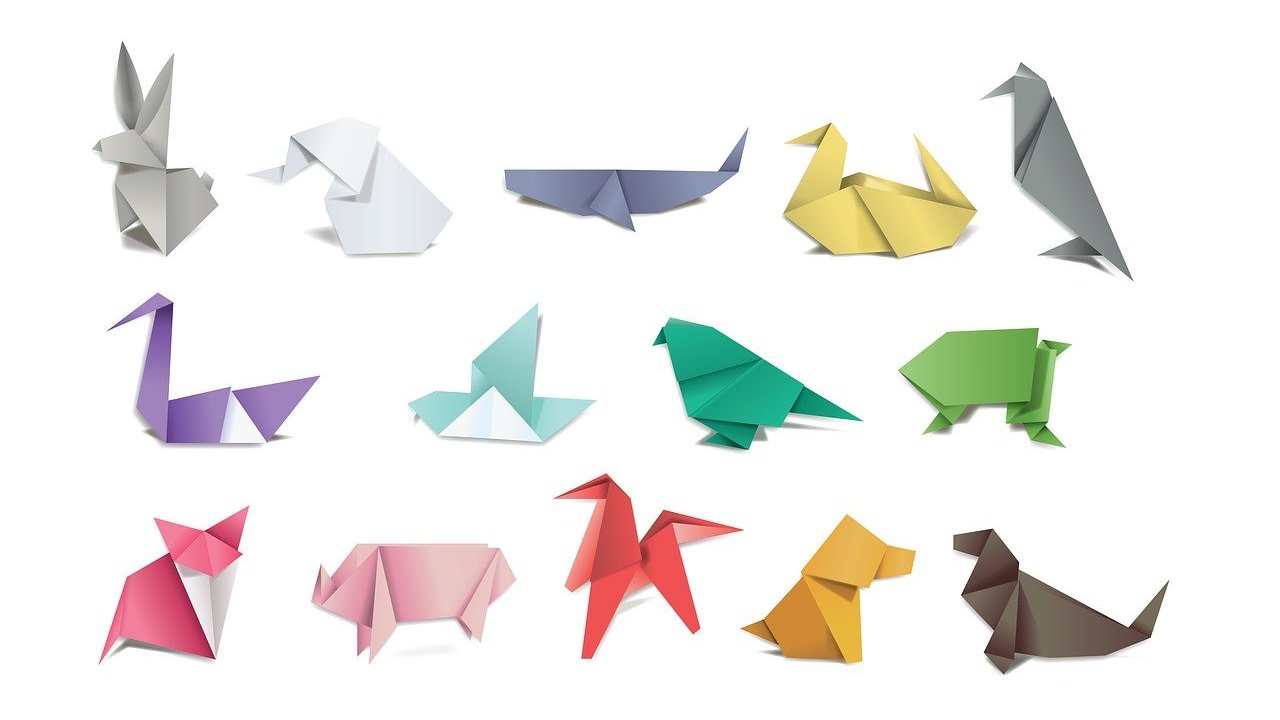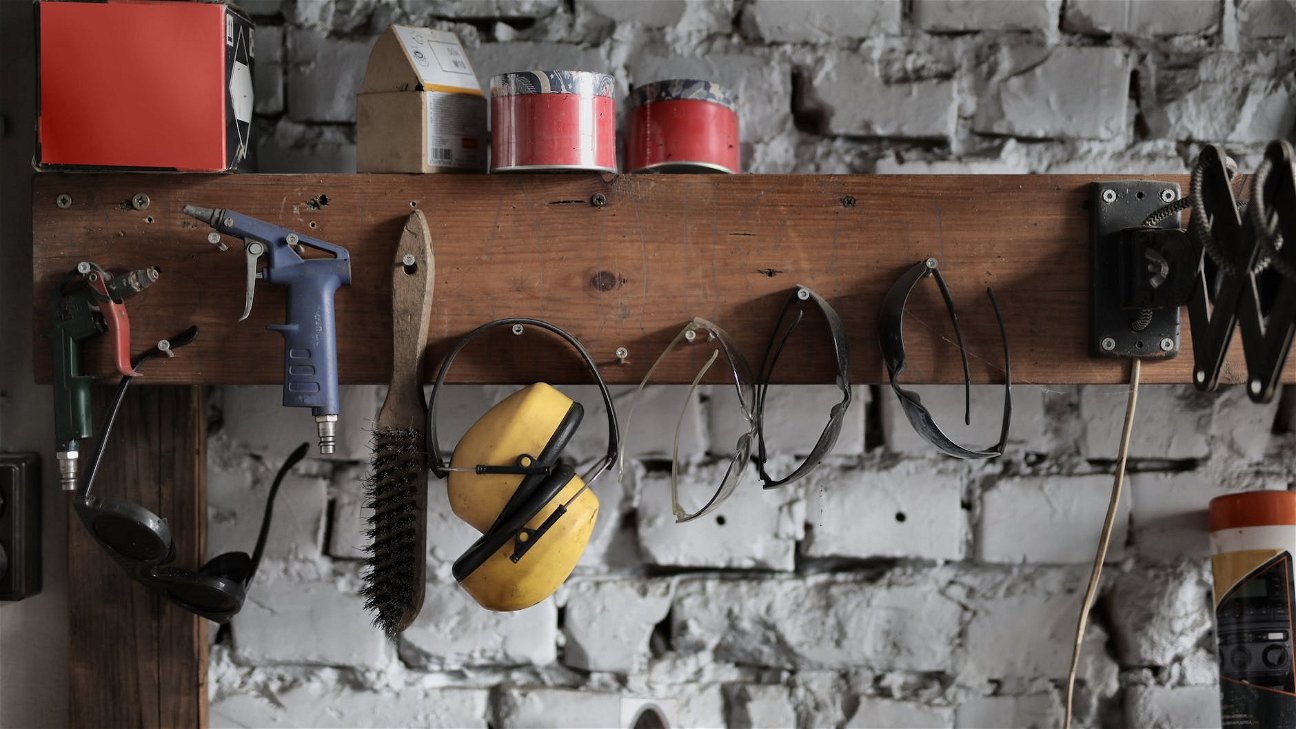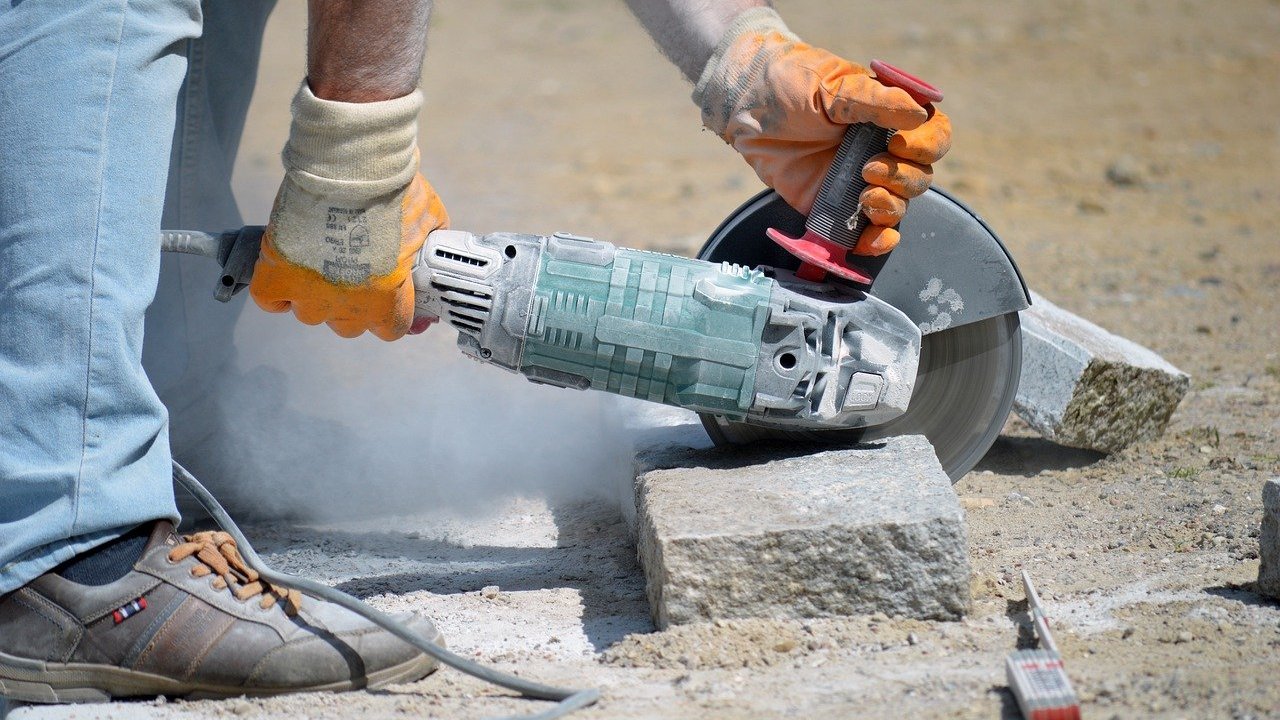
Origami, the art of paper folding, has been a cherished part of Japanese culture for centuries. Today, it is enjoyed worldwide for its beauty, simplicity, and the creativity it encourages. If you're new to origami, don't worry. This guide will help you master the basics and elevate your origami artistry to new heights.
The History of Origami
Before diving into the practical aspects of origami, it's worth understanding its roots. Origami began in the 6th century in Japan, gaining popularity among the elite due to the high cost of paper. As paper became more affordable, origami spread throughout Japanese society and evolved into the art form we know today.
Understanding Origami Principles
Before you start folding, there are some basic origami principles you need to grasp:
-
Patience is key. Origami is just as much about the journey as the final product, so don't rush.
-
Precision matters. Accurate folds lead to stunning designs.
-
Practice makes perfect. The more you fold, the better you'll get.
Origami Materials
The only material you really need for origami is paper. However, there are specialized origami papers available that are typically square, thin, and colored on one side. You can also use regular printer paper, but it may not fold as crisply.
Basic Origami Shapes
When starting out, it's best to begin with simple shapes. Here are 5 easy designs for beginners:
-
Square Base: This is a simple, versatile shape that is the starting point for many origami designs.
-
Waterbomb Base: Despite its name, this base can be used to create a variety of shapes, not just water bombs.
-
Bird Base: This is a slightly more complex design, but mastering it opens up a wealth of bird-related origami.
-
Kite Base: Perfect for creating four-pointed shapes, such as stars or flowers.
-
Frog Base: Although challenging, this base is essential for creating animal-themed origami.
Mastering Basic Folds
There are several basic folds that are common in most origami projects. Here's a quick rundown:
Once you've mastered these folds and basic shapes, you'll be well on your way to creating a wide array of origami designs. However, keep in mind that origami is a skill that is honed over time. It's about the journey, not just the final product. So, keep practicing, remain patient, and let your creativity shine through in every fold.










